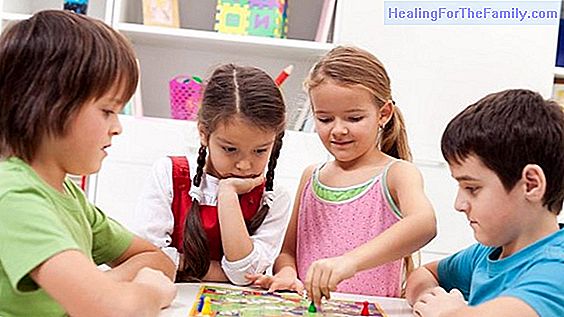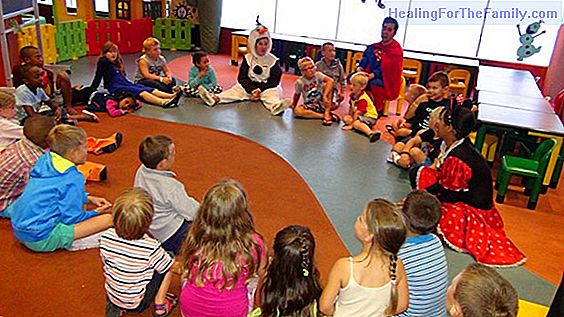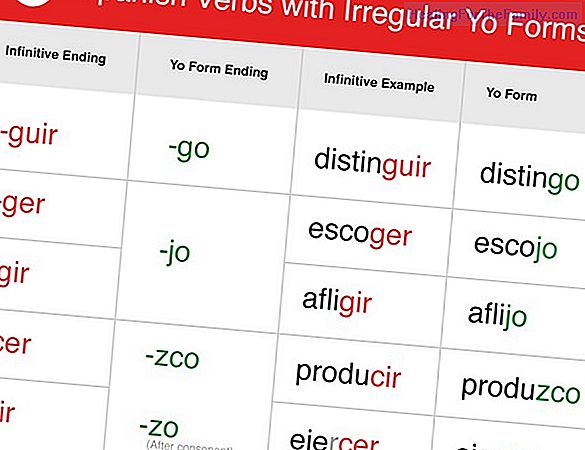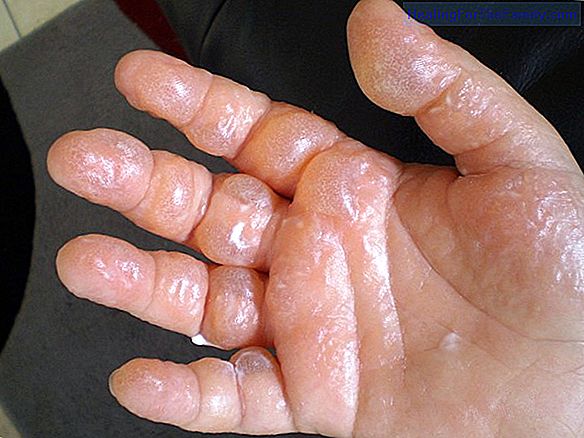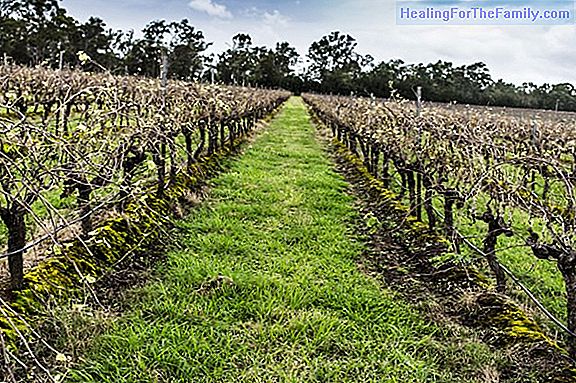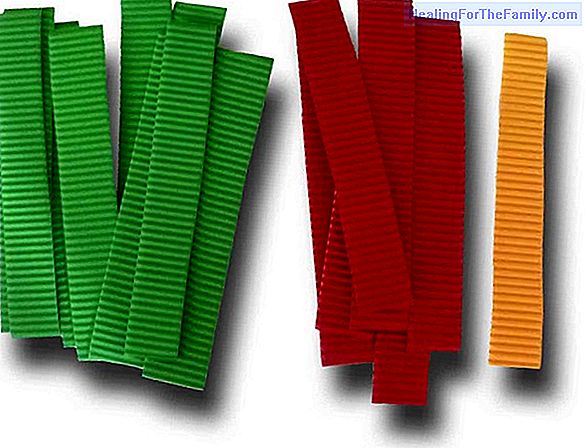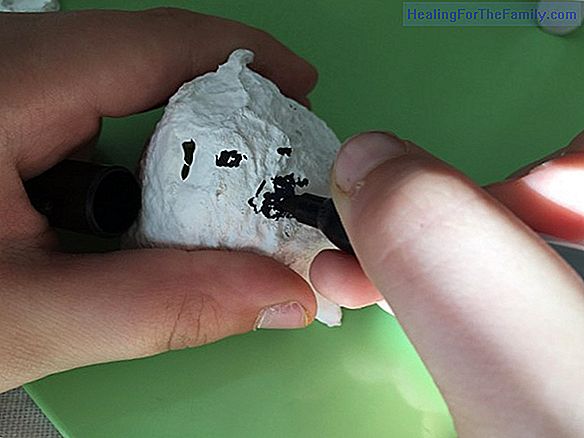Memory in children from 0 to 2 years
We could define memory as the ability to retain information, order it and make use of it when we need it. It is logical to think that memory and learning are closely related if we understand learning as the acquisition of new information for its use and application in our daily lives. But, cómo how
We could define memory as the ability to retain information, order it and make use of it when we need it. It is logical to think that memory and learning are closely related if we understand learning as the acquisition of new information for its use and application in our daily lives. But, cómo how does memory evolve from the time the baby is newborn to the age of 2? Memory in early childhood
-
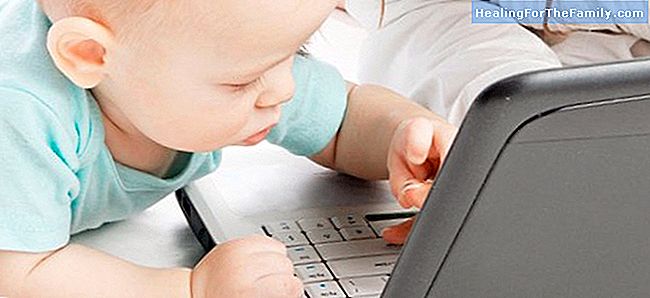
From the moment of birth implicit memory is already present, that is, the one that registers and stores information in a non-conscious way and that will be responsible for the formation in the child of 'mental models' that will guide their actions in the future. This is the case, for example, with the construction of the affective bond through the repetition of interactions with the father or mother. -
Before 9 months, children are able to imitate adult gestures when they are in front of them and from that age (imitation memory), children can imitate remembering gestures that are not in front of them. At this age, children are also able to anticipate the future based on experiences from the recent past, for example, if they see us picking up the cart they will know that we are going out for a walk. -
Beginning at 8 months, children begin to develop problem-solving abilities, that is, to be able to use means to reach ends. This also depends on the working memory capacity, which at this age allows us to use only one means, for example, to use a rattle to attract another toy to itself. -
Between 8 and 10 months, children acquire the permanence of the object, that is, the representation that objects exist even though we do not perceive them. At that age, they tend to look for an object that we have hidden before them, whereas before they do not. The permanence of the object is the basis of working memory, which will be the one that allows us to keep information mentally and work with it to perform complex operations such as mental calculation.-
During the first year of life the memory of recognition also begins to develop, which is one that allows them to recognize objects, people and situations that have already been seen before, and which can be related, for example, to fear of strangers that usually occur at this stage. At this stage, children also begin to develop semantic memory, which refers to general memory, to learning facts about the world and to the knowledge acquired, having a fundamental role in the acquisition of language during this stage.
-
At 18 months , children begin to remember events in a specific spatio-temporal order and the image of themselves emerges.-
At two years , children are not only able to recognize familiar objects or situations but can name them.Aroa Caminero

Psychologist
Centro de Psicología Álava Reyes


